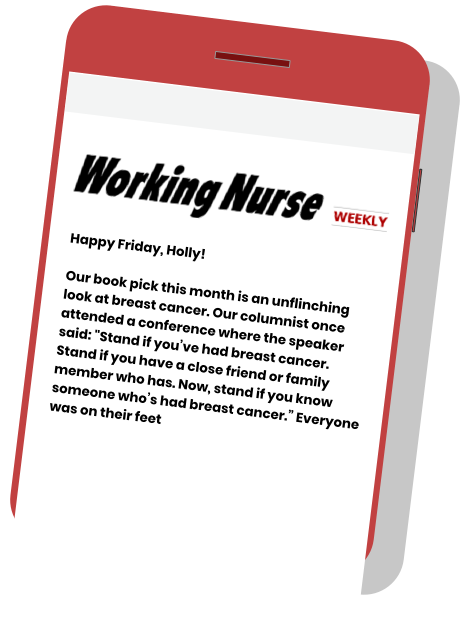Feature
Improving Nurse Retention
Six Strategies to Reduce RN Turnover

When I started my nursing career almost 15 years ago, I remember my colleagues telling me, “Good luck on night shifts — you’ll be there a while.”
They weren’t kidding: I was on nights for 10 years, waiting for someone to leave so that I could move to another area.
Today, hospital turnover is so high that I often see nurses landing their first day shift spots in less than two years — sometimes in less than a year. My hospital and specialty area are not unique. Nurse turnover and retention are nationwide problems.
Why is Nurse Turnover a Problem?
According to a 2019 staffing report compiled by the recruitment firm NSI Nursing Solutions, Inc., 2018 saw the highest hospital turnover rates in over a decade. Bedside RN turnover reached 17.2 percent in 2018, with an average vacancy rate of 8.0 percent. Between 2014 and 2018, the average hospital turned over 87.8 percent of its entire workforce!
This revolving door is expensive. NSI reports that the average cost of bedside RN turnover in 2018 was $52,100 per position. On average, each percentage point increase in RN turnover costs a hospital an extra $328,400! High rates of resignations and new hires can quickly make a healthcare business unsustainable. There are also significant non-financial downsides, such as unit disruption and the loss of institutional knowledge and experience.
A 2017 Forbes article noted that Millennials often leave jobs within two to five years. Recently, the RN Work Project found that 17 percent of newly licensed RNs change jobs within one year. Thirty-three percent of them move on after two years. Within eight years, 60 percent of new RNs have left their jobs. Retirement of older, more experienced nurses is also a growing concern.
Reasons to Stay
Given the high cost of turnover, hospital administrators, educators, and healthcare teams are all looking for ways to better support nurses and encourage them to stay with their current institution. There’s no one answer, but here are six strategies that go a long way towards addressing the problem:













